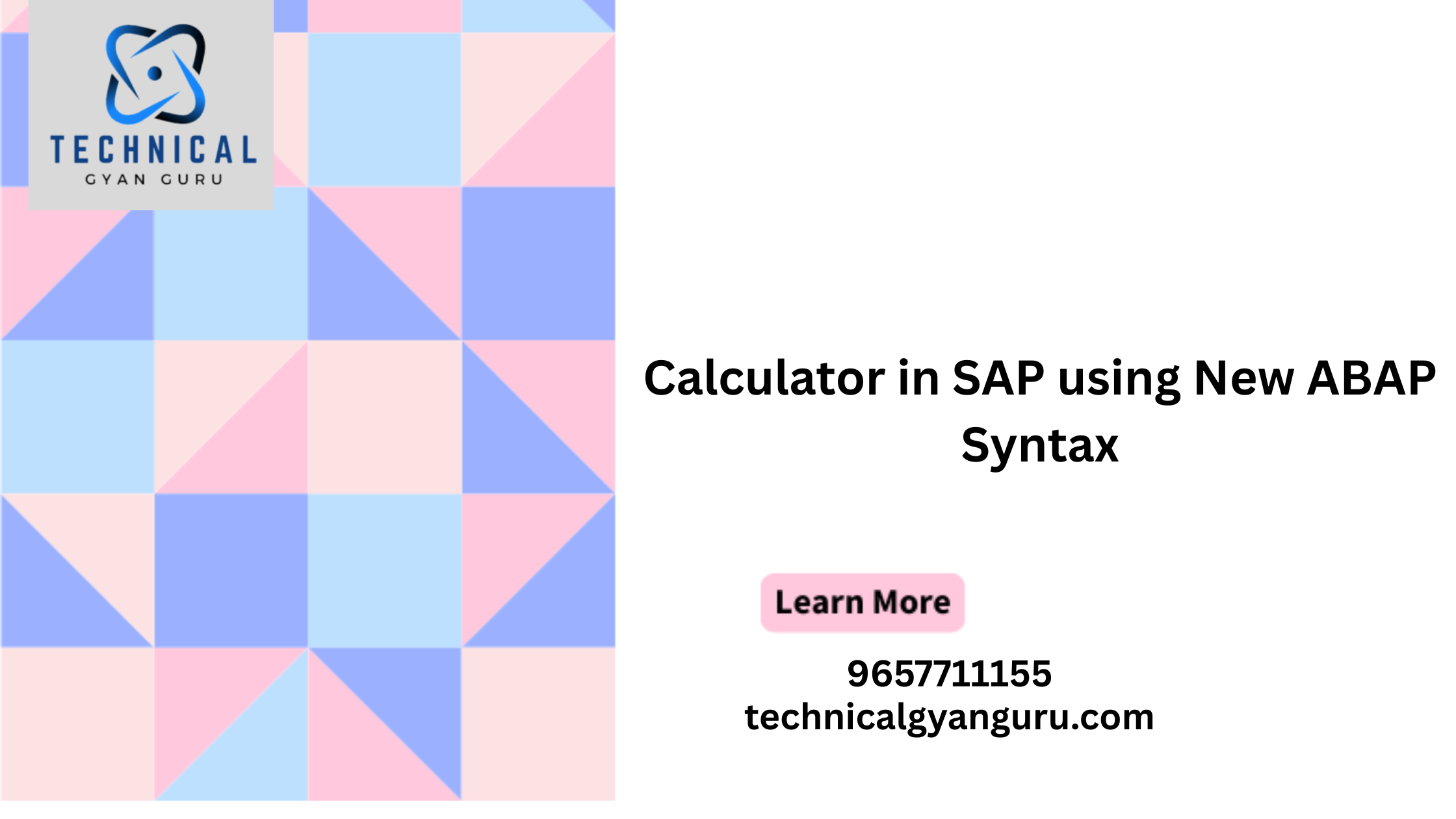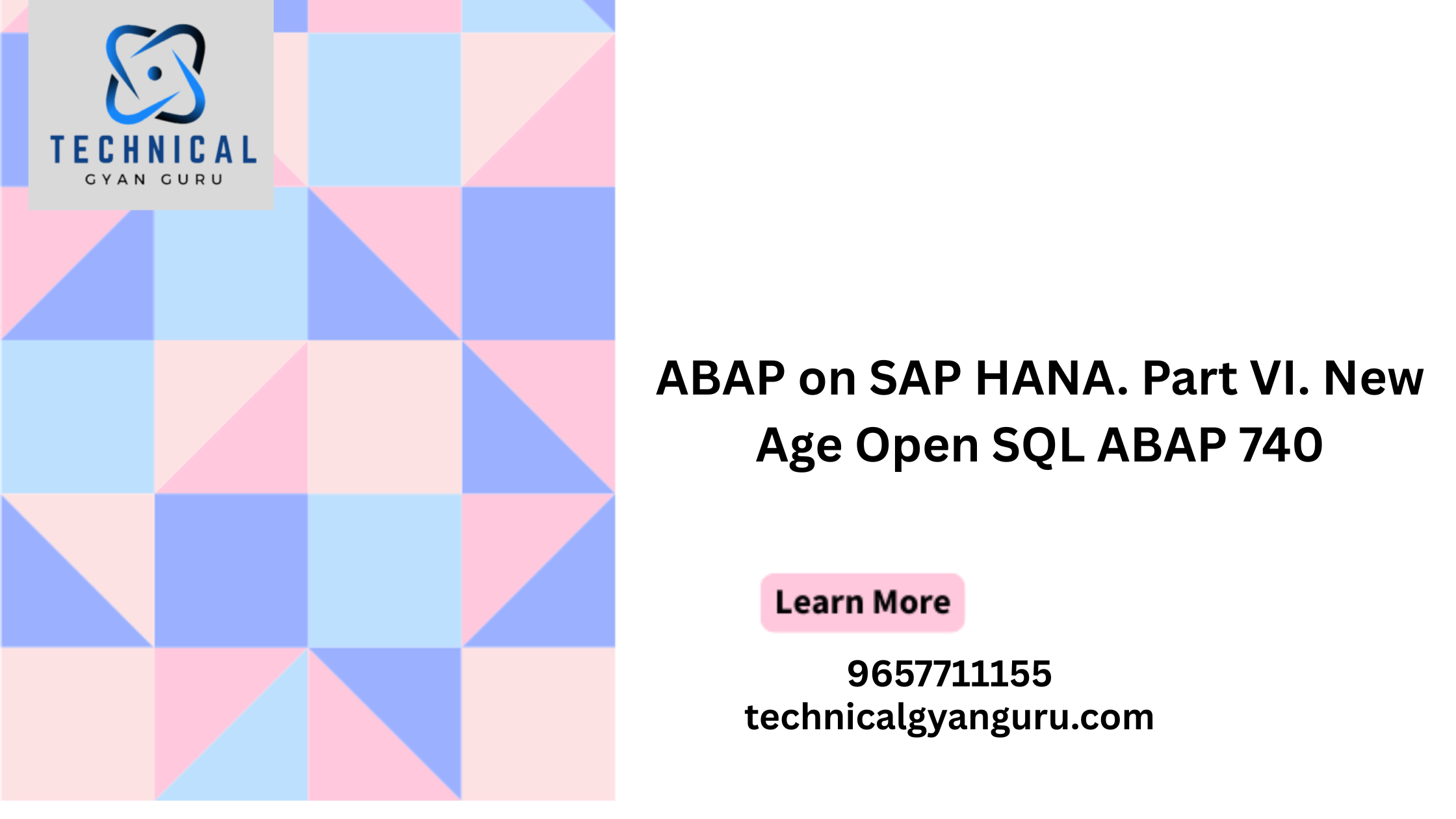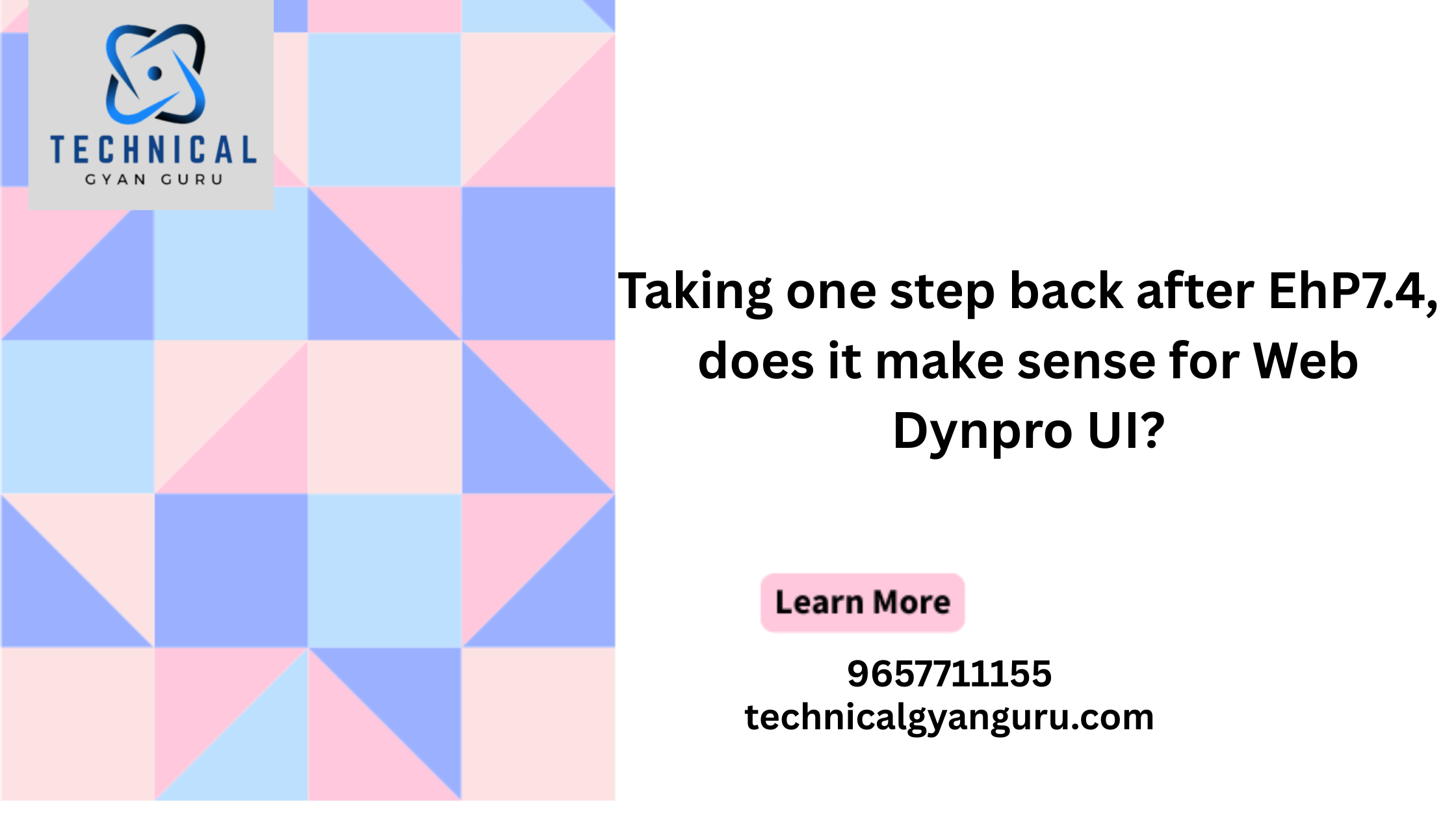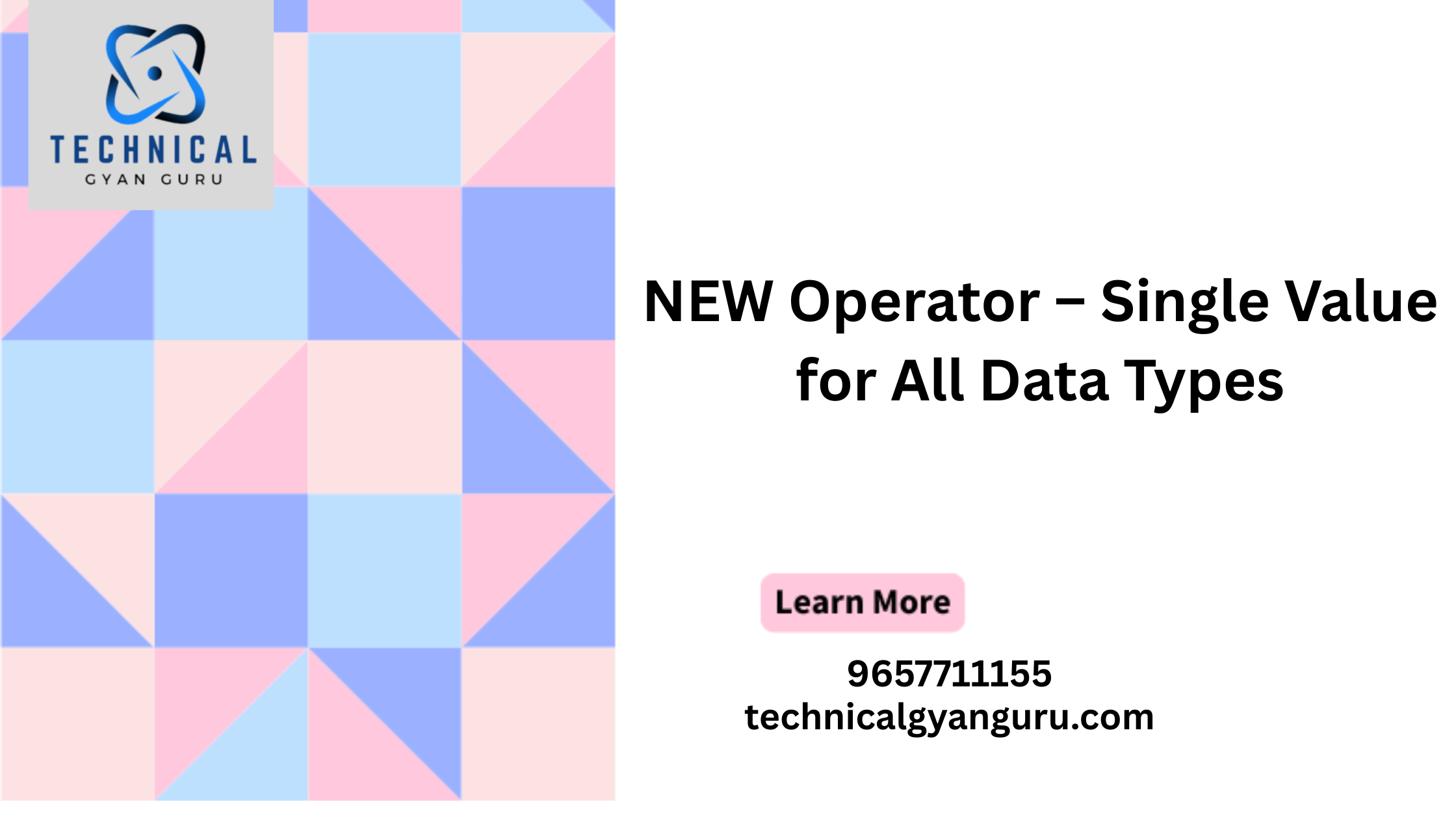Introduction:
In the era of digital transformation, businesses are constantly seeking ways to connect their diverse applications and data sources to streamline processes and enhance efficiency. SAP Cloud Platform Integration (CPI) emerges as a robust solution, empowering organizations to seamlessly integrate their disparate systems and unlock the full potential of their enterprise landscape. In this blog, we will explore the key features and benefits of SAP Cloud Platform Integration and how it serves as a catalyst for digital connectivity.
Breaking Down Silos:
SAP Cloud Platform Integration acts as a bridge between different applications, databases, and systems within an organization. By breaking down silos, it ensures that data can flow freely across departments, creating a unified and connected digital ecosystem.
Comprehensive Integration Capabilities:
Whether it’s connecting SAP applications, third-party systems, or cloud-based services, SAP Cloud Platform Integration provides comprehensive integration capabilities. It supports a wide range of integration scenarios, including application-to-application (A2A), business-to-business (B2B), and cloud-to-cloud integrations.
Pre-packaged Content and Adapters:
To accelerate integration projects, SAP Cloud Platform Integration offers pre-packaged content and a variety of adapters. These adapters simplify the connection to popular third-party applications and services, reducing development time and effort.
Hybrid Integration Scenarios:
For organizations with a mix of on-premises and cloud-based systems, SAP Cloud Platform Integration supports hybrid integration scenarios. It facilitates seamless communication between legacy systems and modern cloud applications, ensuring a smooth transition to the cloud.
Workflow Automation:
The platform enables the automation of complex business processes through intuitive workflow tools. This not only increases operational efficiency but also reduces the likelihood of errors associated with manual interventions.
Security and Compliance:
Security is paramount in the integration landscape. SAP Cloud Platform Integration incorporates robust security features, including data encryption, identity management, and compliance with industry regulations. This ensures that sensitive information is protected throughout the integration process.
Real-time Data Processing:
In a world where real-time insights are crucial, SAP Cloud Platform Integration facilitates the processing of data in real-time. This capability is especially valuable for scenarios where timely information is essential for decision-making and business agility.
Monitoring and Analytics:
The platform provides tools for monitoring and analyzing integration flows. Organizations can gain valuable insights into the performance of their integrations, track errors, and proactively address issues, ensuring the reliability of their connected systems.
Conclusion:
SAP Cloud Platform Integration emerges as a linchpin in the digital transformation journey of organizations. By providing seamless connectivity, automation, and real-time data processing, it empowers businesses to thrive in the interconnected landscape of the digital age. As the business environment continues to evolve, the ability to integrate and adapt quickly becomes a strategic imperative, and SAP Cloud Platform Integration stands as a key enabler for organizations looking to stay agile, competitive, and digitally connected.







